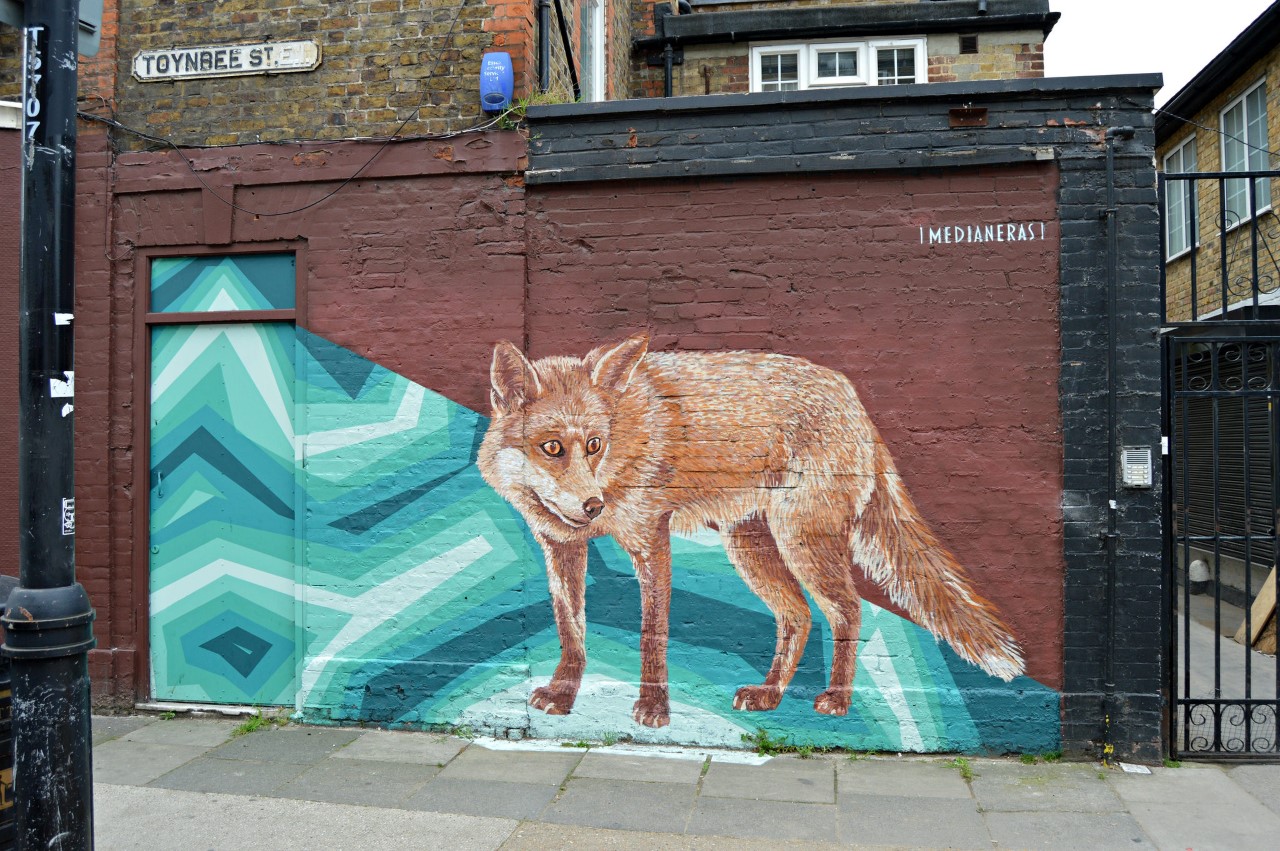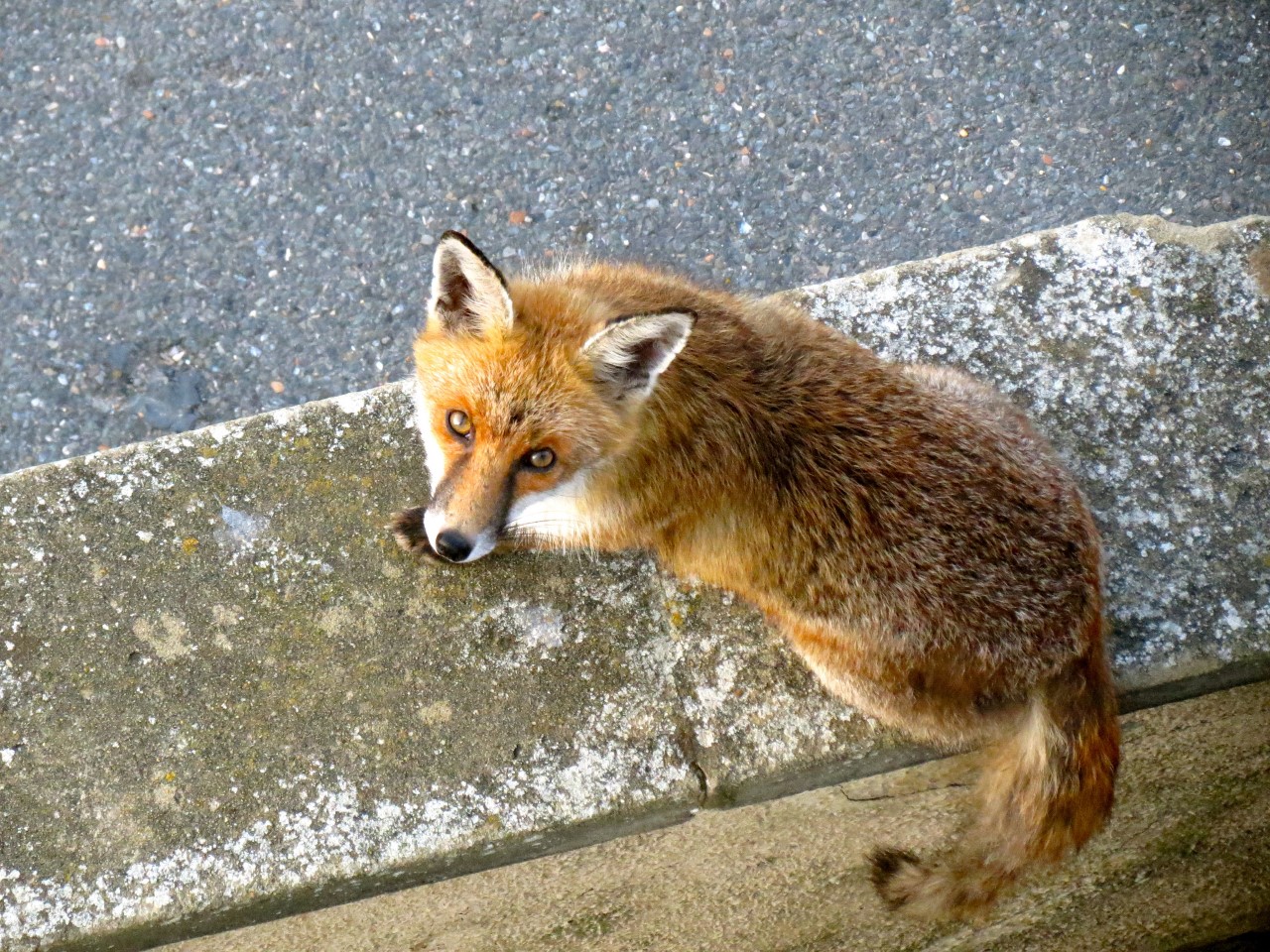Featured post by Adam Fowler, Connected Nature Intern at Trinity College Dublin.
An outlaw, a scoundrel, a trickster… the cunning fox. From Roald Dahl’s depiction of Mr. Fox, the tricky, shrewd thief in Fantastic Mr. Fox, to Jason Bateman’s voicing of the ‘shifty and untrustworthy’ Nick Wilde in the 2016 movie Zootopia, foxes are often portrayed as a scourge to human living. Is it a warranted portrayal, or should we be more open to them?
No matter how they are depicted in the literature, some do view the urban red fox (vulpes vulpes) as a welcome visitor to their gardens. Young foxes look appealing, they are playful and almost majestic. Some people even offer food to try and encourage repeat visits.
These are wild animals, however, and feeding them is not advised, no matter how hungry the fox may look. It is best to allow them, as with any wild animal, to live with as little interference from humans as possible.
Foxes are omnivores and natural scavengers. They will eat just about anything they can get a hold of. If they become accustomed to regular hand-outs from one particular home they may over time become over-reliant on one food source, and will not move too far from there. This may lead to issues such as defecation, nocturnal screams and breeding under sheds or homes.
Whilst they are active mostly at night and in the early morning, spotting a fox during the day isn’t uncommon. The species’ local population seems to have increased in recent decades. This trend has been particularly noticeable in inner-city and south Dublin. This increase has primarily been anecdotal, with no official study into the number of red foxes in Dublin confirming this.
A 2006 study of urban foxes in Melbourne showed that most foxes build dens under buildings or earthen banks, found mostly in residential areas, industrial sites and in public parks. The same study estimated a home range of between 11.5 and 45.8 ha.
Foxes have become very well adapted to urban living. They often live off the scraps found in rubbish bags and in bins. Urban foxes live and breed mostly in scrub and undergrowth that can be found along rail lines, rivers, derelict sites, canals, and even in gardens.

Whilst some people welcome these animals to their gardens, many others do not, viewing them as a pest.
Several city and town councils are seeking to address the growing ‘issue’ that urban foxes are posing its residents, offering advice on how to best deal with any potential disturbances. This has come after numerous calls from residents with worries regarding foxes, such as them tearing open bin bags, concerns about domestic pets, and listing the animal as a road safety hazard.
These concerns raises questions on the complexity of urban spaces.
Urban spaces are not only the realm of humans, they are shared spaces. With urban spaces growing into the surrounding countryside, this inevitably leads to multiple species living side-by-side, i.e. humans and foxes. A sense of confusion greets many as they witness a ‘wild species’ in what many imagine to be a space limited for themselves, for humans.
The truth is, wildlife has existed in urban spaces for as long as humans have developed them.
Problems seem to arise in urban environments today when wildlife does not conform with the domesticated passiveness of household pets. Those who do not conform to human organisation or control are excluded and separated. Species like the urban red fox, who seem to thrive even when actively excluded from such spaces break the urban/wild divide.
We are a species that constructs and delimits ‘wild’ spaces, with our National Parks and wildlife reserves, places where humans are mostly absent. We also built our ‘human’ places like cities, where the wild is assumed to be kept away or non-existent.
Species like the red fox show that the boundary between the wild and human spaces is in reality much less clear.
We must learn to share and manage space in a way that does not foster a relationship of neglect but instead works through and with those with whom we share it, to offer a better co-existing environment.
______________
About the Author
Adam Fowler is a Connecting Nature Intern at Trinity College Dublin. Adam is currently studying for an MSc in Global Change: Ecosystem Science and Policy at University College Dublin.


One Reply to “Outfoxing the fox: an urban/wild conflict”